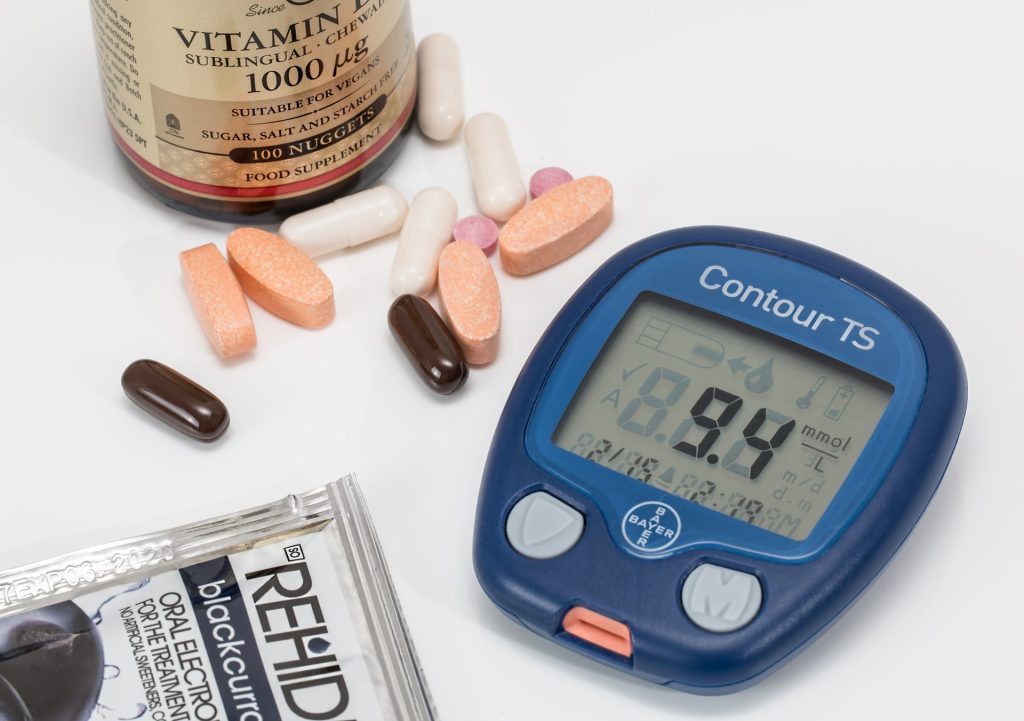Hypoglycemia, or hypos, are periods of low blood sugar that are common among diabetics. These episodes can be unnerving, but with appropriate treatment, the effects and length of hypos can be reduced.
The key to managing hypos is to notice them early. The sooner you notice hypoglycemia, the less disruptive it’s likely to be. Typical signs of hypoglycemia include feeling suddenly tired or weak, having difficulty concentrating, exaggerated mood changes, and feeling dizzy. Hypos can occur at any time, but pay close attention to your blood sugar levels when exercising, playing sports, or during physical activity.
To confirm that you are experiencing a hypo, it’s important to test your blood sugar. Where possible, test your blood sugar to ensure it is low blood sugar as some of the signs of low blood sugar may also represent higher blood sugar. If you cannot test and are unsure if you have low or high blood glucose, it may be best to treat it as a hypo as hypoglycemia can quickly become dangerous if left untreated.
If you notice or confirm that you are experiencing a hypo, it’s important to act quickly to prevent a severe hypo from occurring, speed up recovery, and reduce the chances of losing hypo awareness. To treat a hypo, you need to take about 15 to 20 grams of quick-acting carbohydrate. Glucose tablets and glucose juice are ideal as they act very quickly and will take you out of the hypo as quickly as possible. You can also have sugary drinks, jelly babies, or sugar lumps.
It’s important to note that if your next meal is not soon, you may also need to take 15-20g of slower-acting carbohydrate to prevent a further dip in blood sugar. Slower-acting carbs can be found in a slice of bread, an apple or banana, or a cereal bar.
After treating a hypo, check your blood glucose levels 15-20 minutes later. If your blood glucose levels are still below 5 mmol/l (90 mg/dl), repeat the treatment.
In severe cases, a person experiencing a seizure due to a hypo will not be able to take sugar. In this case, it’s essential to ensure that the person having the seizure will not hit anything and cause themselves injury. It’s also not advised to feed someone during a seizure as this could lead to choking.
In conclusion, managing hypos can be daunting, but with appropriate treatment, they can be controlled. Remember to notice the signs early, test your blood sugar, act quickly, and take the appropriate amounts of quick-acting carbohydrate. With these measures in place, you can reduce the effects and length of hypos, ensuring that you stay healthy and safe.
